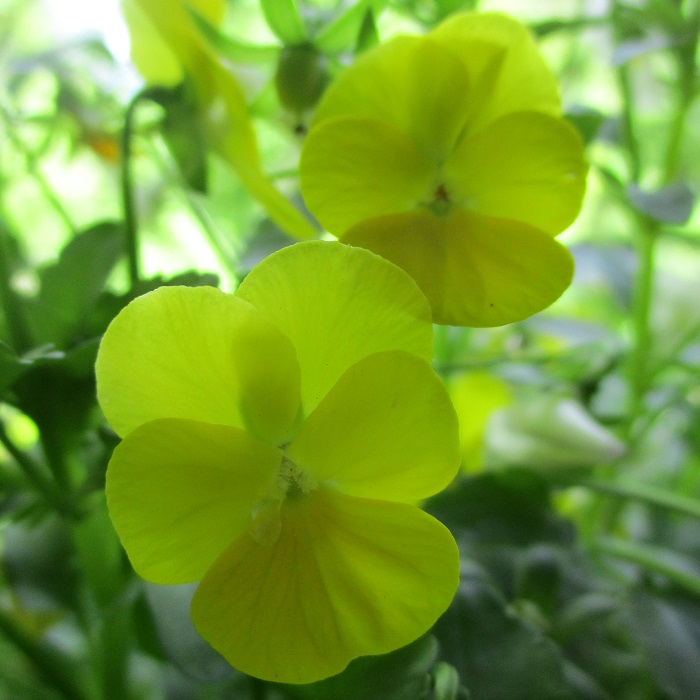UNITED STATES—All that unpleasant annual business of removing warm season vegetable plants to relinquish space for cool season vegetables applies to annual bedding plants too. Those of us who do not grow vegetables were spared the agony of pulling up tomato plants that might have still been producing a few tomatoes, just to make room for broccoli. Now, it is time to replace petunias with pansies.
There is a reason why annuals get removed this time of year. It is the same reason why those that get planted now to replace them will be removed later. Annuals are annual. They are expected to perform for only part of one year. True annuals naturally complete their entire life cycles in about a year. Those that have potential to be perennial are too unappealing to salvage through dormancy.
Removal of aging warm season annual bedding plants should be less distressing if they are already deteriorating. By now, most of them are. They tend to wear out faster than some of the warm season vegetable plants. Impatiens can be potted for next year, or, for mixed beds, cut down and overplanted. Most cool season annual bedding plants are already blooming when newly planted.
Because the weather gradually gets cooler through autumn, cool season annual bedding plants appreciate an early start. It is easier to disperse roots before the soil gets cool. Only those that are sensitive to warmth, such as cyclamen, get planted later. Ornamental cabbage and kale might bolt and bloom early at the end of their season if they get too warm at the beginning of their season.
Marigold and chrysanthemum are short term autumn annuals that work very nicely until it is time to plant cyclamen or ornamental cabbage and kale.
Pansy, viola (including Johnny-jump-up), stock, sweet William, Iceland poppy and various primroses are now in season. Some could have been started from seed earlier. Otherwise, it is most practical to plant these cool season annual bedding plants from cell packs.
Cyclamen and ornamental cabbage and kale that get planted later are best as more expensive four inch potted plants.
highlight: Johnny-jump-up/violas
This is not an easily defined flower. There are hundreds of species within the genus of Viola. Many are known as pansies. Some are known as violas or Johnny-jump-ups. Several are in between. The main difference between these two major groups is that, although very closely related, pansies bloom with bigger flowers, and violas bloom with smaller, simpler and more abundant flowers.
Blue, purple, white and yellow are the most popular colors for viola. Formerly uncommon orange and rusty red have become more popular in the past many years. Colors may be monochromatic, or arranged in intricate patterns with another color or two. The abundant bisymmetrical flowers are only about an inch wide. Mature plants should stay less than six inches tall, and spread as wide.
Violas are technically short term perennials that are typically grown as cool season annuals here. They are unlikely to survive through the innately warm and arid weather of summer. If planted now, they slow down a bit through the coolest winter weather, and then resume for early spring. If planted later in winter to continue slightly later into spring, they last only until the weather gets too warm.
Horticulturist Tony Tomeo can be contacted at tonytomeo.com.






